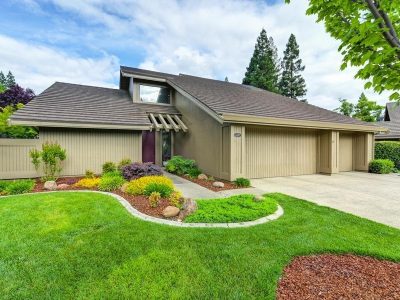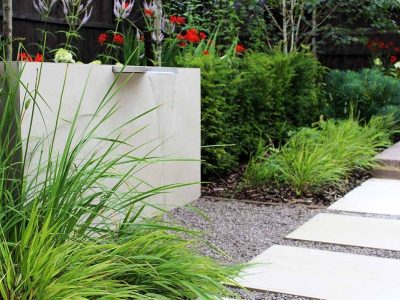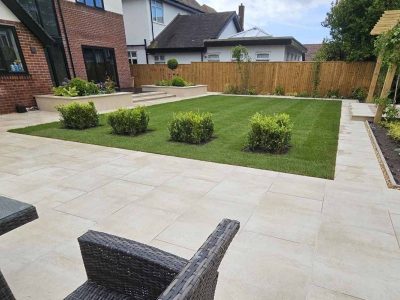In recent years, the trend of vertical gardens has been steadily growing in popularity among both residential and commercial properties. Vertical gardens, also known as living walls or green walls, are structures that allow plants to grow vertically rather than horizontally, making them a versatile and space-efficient way to incorporate greenery into urban environments.
Benefits of Vertical Gardens
There are numerous benefits associated with the rise of vertical gardens in properties:
- Space Optimization: Vertical gardens are ideal for maximizing space in both residential and commercial settings, especially in urban areas where space is limited.
- Aesthetic Appeal: Vertical gardens add a touch of natural beauty and greenery to any property, enhancing the overall visual appeal and creating a calming atmosphere.
- Air Quality Improvement: Plants in vertical gardens help improve air quality by filtering out pollutants and carbon dioxide, promoting a healthier indoor environment.
- Noise Reduction: The lush foliage of vertical gardens can act as a sound barrier, reducing noise levels and creating a more peaceful environment.
- Temperature Regulation: Vertical gardens can help regulate indoor temperatures by providing insulation and cooling effects, leading to energy savings.
Types of Vertical Gardens
There are various types of vertical gardens that can be implemented in residential and commercial properties:
- Modular Panel Systems: These are pre-assembled panels that can be easily installed on walls, offering a quick and convenient way to create a vertical garden.
- Hydroponic Systems: In hydroponic vertical gardens, plants are grown without soil, using nutrient-rich water solutions to support growth.
- Living Wall Planters: These are individual planters that can be mounted on walls, allowing for customization and flexibility in plant selection.
- Green Fa ades: Green fa ades involve covering the exterior of a building with climbing plants or vines, providing insulation and aesthetic appeal.
Integration of Vertical Gardens
Vertical gardens can be integrated into properties in various ways:
- Interior Spaces: Vertical gardens can be incorporated into interior walls, lobbies, and atriums, bringing nature indoors and improving the overall ambiance.
- Exterior Facades: Green walls can be installed on the exterior facades of buildings, adding a touch of greenery to urban landscapes and enhancing curb appeal.
- Rooftop Gardens: Rooftop gardens are a popular choice for commercial properties, providing a green oasis for relaxation and social gatherings.
Overall, the rise of vertical gardens in residential and commercial properties reflects a growing awareness of the importance of green spaces in urban environments. With their numerous benefits and aesthetic appeal, vertical gardens are sure to continue to be a prominent feature in modern architecture and design.













Comments